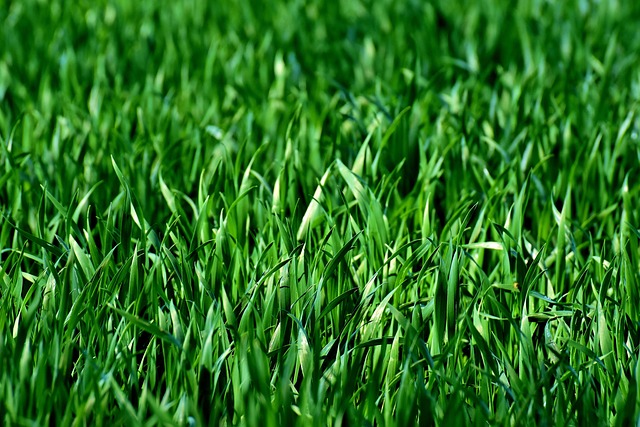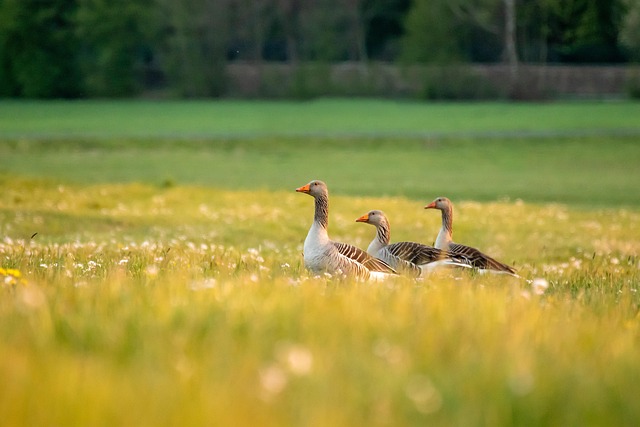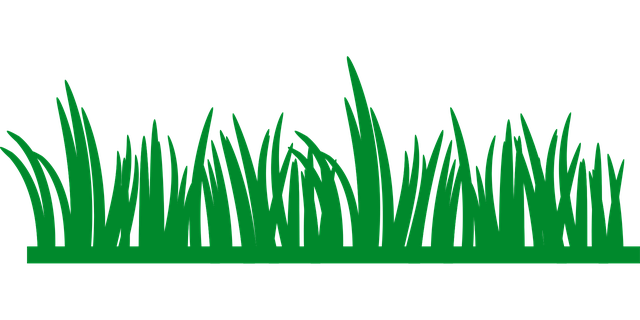Identifying lawn fungus in Colorado Springs is key to maintaining a healthy lawn. Common fungi like Rhizoctonia solani and Fusarium graminearum cause issues like discolored patches, circular dead spots (dollar spot), large crispy brown areas (brown patch), and rust diseases. Early detection through regular inspections allows for targeted fungicide application or organic solutions to prevent fungus spread, ensuring optimal lawn health and seed germination in the region's warm, moist climate.
“Lawn planting in Colorado Springs requires a keen understanding of local fungal dynamics. This article explores identifying and managing lawn fungus, a critical step for successful seeding. In Colorado Springs, specific fungi can pose unique challenges, impacting your lawn’s health and appearance. By recognizing common fungal infections, you can enhance post-seeding outcomes. We offer valuable insights into effective control options, ensuring your new grass gets the best start possible in this vibrant landscape.”
- Understanding Lawn Fungus in Colorado Springs
- Identifying Common Lawn Fungal Infections
- Enhancing Seeding Success: Post-Fungal Control Options
Understanding Lawn Fungus in Colorado Springs

Lawn fungus in Colorado Springs is a common concern for homeowners, given the region’s unique climate and environmental conditions. Understanding these fungal issues is essential to effective lawn care. Identifying lawn fungus involves recognizing specific symptoms like discolored patches, uneven growth, or moldy appearances on grass blades.
In Colorado Springs, various types of fungi thrive due to the area’s mild winters and abundant rainfall. These include common lawn diseases such as patchy bald spots caused by funguses like Rhizoctonia solani (commonly known as pink or red thread) and Fusarium graminearum (a cause of large patch disease). Proper diagnosis is key, as different fungi require distinct treatment methods ranging from organic solutions to targeted fungicides.
Identifying Common Lawn Fungal Infections

In Colorado Springs, identifying common lawn fungal infections is a crucial step in enhancing seed germination and overall lawn health. Fungal infections can cause significant damage to lawns, leading to patchy grass, discoloration, and thinning. Some of the most prevalent fungal issues include dollar spot, brown patch, and rust diseases. These infections thrive in warm, moist conditions, which are common during Colorado’s spring and summer seasons. Homeowners should look out for specific symptoms like circular patches of dead grass (dollar spot), large brown patches with a crispy texture (brown patch), or yellowing grass streaked with orange sporulace (rust diseases).
Early detection is key to managing lawn fungus effectively. Regularly inspecting your lawn and addressing issues promptly can prevent the spread of fungal infections. Maintaining proper watering practices, ensuring adequate air circulation, and applying fungicides when necessary are effective strategies for controlling lawn fungus in Colorado Springs. By understanding these common fungal infections and their symptoms, homeowners can take proactive measures to create a healthier, more vibrant lawn environment.
Enhancing Seeding Success: Post-Fungal Control Options

Lawn seeding success often hinges on effective fungal control, especially in areas like Colorado Springs with its unique climate and grass species. Identifying lawn fungus early is crucial for maintaining a healthy lawn. Common signs include discolored patches, wilting grass, and a musty odor. Once detected, proper management strategies can significantly enhance seeding outcomes.
Post-seeding, fungicides offer targeted protection against specific fungal pathogens. Choosing the right type depends on the identified fungus and grass species. Preventive treatments are ideal for areas prone to fungal infections, while curative options target existing issues. Regular monitoring is key to managing lawn fungi effectively and ensuring a lush, vibrant Colorado Springs lawn.
When it comes to fostering a lush, healthy lawn in Colorado Springs, understanding and addressing lawn fungus is key. By identifying common fungal infections specific to this region, homeowners can take proactive measures to enhance seeding success. Implementing post-fungal control options not only ensures stronger grass roots but also promotes overall lawn health. Remember, with the right approach, even challenging environmental conditions like Colorado’s climate can be overcome, leading to a vibrant and resilient lawn. Identify the issues, choose the right treatments, and watch your lawn flourish.
